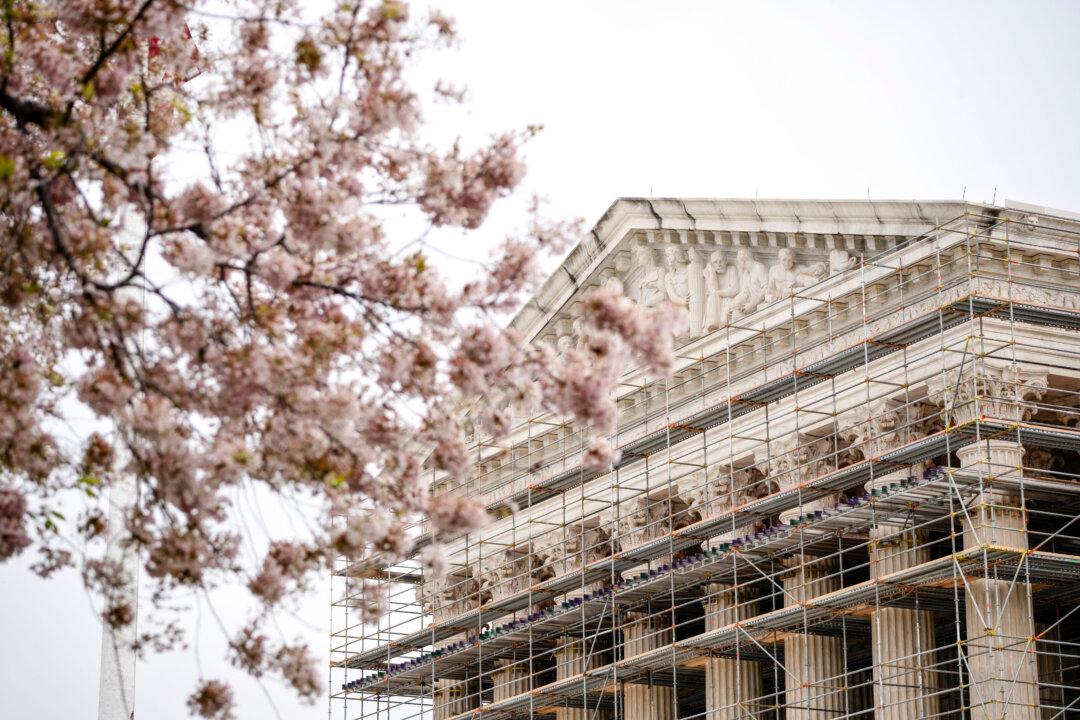While younger Americans embrace “liberalism” and “socialism,” older Americans—a prized demographic group won by President Donald Trump in 2016—skew conservative and are growing in numbers, according to a new analysis.
Kight reports that younger people are apparently moving left.
Both Generation Z and millennials support “liberalism” and “socialism.”
The percentage of Democratic voters calling themselves liberal has remained steady in recent years, after rising from 2000 to 2016.
As a portion of Democratic voters, liberals (47 percent) outnumber moderates (38 percent) and conservatives (14 percent), although combined, conservatives and moderates continue to constitute about half of Democratic voters (51 percent), according to Pew.
According to polling company Gallup, the ideological balance remained center-right in 2019, as 37 percent of Americans identified as conservative, while 24 percent identified as liberal and 35 percent identified as moderate. The 2019 findings are based on 21 telephone surveys that feature more than 29,000 interviews with adults.
“The word ‘socialism’ does not carry the same stigma it did in the past, now that it has been resurrected by celebrity politicians like Bernie Sanders and Alexandria Ocasio-Cortez,” Kight observed. “Young people’s political views often change as they grow older, but their support for socialistic policies is a sign that the old rules of politics are changing fast.”
These ideological inclinations seem likely to give Democrats an edge.
Young voters who reached the age of 18 during the presidencies of Gerald Ford, Jimmy Carter, Ronald Reagan, or George H.W. Bush voted Republican more often than the average nationally, Pew reported. Young voters who reached voting age during the presidencies of Bill Clinton, George W. Bush, and Barack Obama have been much more Democratic in their voting habits.
The 65-plus-year-olds’ share of the electorate may reach 23 percent in 2020, up from just 18 percent in 2000, according to Pew. At the same time, the share of eligible voters 18 to 24 may fall a percentage point to 12 percent this year.
Older people tend to be more enthusiastic about voting than younger people.
About 71 percent of eligible 65-plus-year-olds, and 67 percent of 45- to 64-year-olds, voted in 2016, compared to less than half of 18- to 29-year-olds, according to Axios’ analysis of census data.





